Oil and grit can be hard to remove from a bike chain and is nearly impossible to do with just water. Using a degreaser in conjunction with a chain cleaner tool or brush will help to easily get your chain sparkling clean. There are a lot of products out there that can all do the job but these are the best bike chain cleaning ones that are also good for other dirty parts of your bike.
Best Bike Chain Cleaning Degreasers
There are varying strength degreasers but for a bike you don’t need the most invasive. Getting too strong of a degreaser can cause coatings on your frame and parts to wear off as well as can be harmful to breath and touch. These few cleaners and degreasers are strong enough to get the job done but are also safe enough for you and your bike to handle.
Simple Green
This is available in many places from your hardware store to bike shop. It is a great option that is environmentally friendly as well as isn’t overly strong so you can spray it on any part of your bike without worry. It conveniently comes in large, economically sized jugs or bike specific spray bottles that are handy on the go on any part of your bike.
Finish Line Citrus Bike Chain Degreaser
Citrus based solvents are known for their grease cutting power and non-harmful qualities. Finish Line was one of the fist citrus based cleaners and uses citrus based extracts to remove oil, grit, and grime. This one has a fresh citrus smell that will soon be associated with washing and cleaning your bike. This one also comes in an aerosol for exact placement and minimal waste.
Purple Power
Purple Power isn’t bike specific but is one of the top cleaners/degreasers on the market. It is a bit stronger than the other two above but is still biodegradable and mellow enough to use on your bike without adverse effects. Because of its extra strength it can be diluted to your exact needs as well as to last longer. A great option with this is to buy the big economically sized gallon jug and continually refill a smaller Purple Power spray bottle.
Best Bike Chain Cleaning Tools
Having a good degreaser is only part of the equation to cleaning your chain. The degreaser will help dislodge oil and grit but to get it completely off the chain you are going to have to scrub it. There are few different approaches that use some innovative tools as well as the old-school method of using a good brush and some elbow-grease.
Finish Line Pro Chain Cleaner
The best way to clean a chain thoroughly is to remove it from your bike and place it in a heavy strength degreaser but who wants to take their chain completely off the bike every time they want to clean it. This chain cleaner is a plastic box that snaps around the chain while on the bike. It has a number of rotating bristles in it that scrub the chain while you spin the pedals backwards thus pulling the chain through. The rotating bristles in conjunction with filling the box with degreaser scrubs the chain thoroughly which leaves it about as clean as you could get a chain without taking it off the bike.
Park Tool Chain Gang Cleaning System
This Park Tool package is a good all-in-one system that includes a chain scrubber, like the one mentioned above, as well as a sturdy-bristled brush and small bottle of degreaser. The bottle of chain specific degreaser won’t last you too long but the brush and chain scrubber are valuable additions to your bike cleaning set-up.
Best Bike Chain Cleaning Rag and Brush
Of course you don’t need a fancy tool to get your chain clean. You can just use a sturdy-bristled brush that can forcefully get into the nooks and crannies of the chain and dislodge grit and grime. The best way to do this is to spray or apply degreaser directly to the chain. Make sure it is fully coated to remove oil residue. Then with a brush, scrub both the top as well as the bottom of the chain. If you’re diligent, you can also scrub the sides of the chain getting the inner plates nice and clean as well.
Following this, use a spray-hose or bucket of water to thoroughly remove the remnants. Then run the chain through a clean rag a couple of times to get as much moisture off the chain as possible. Don’t forget to immediately lube the chain after as even if left overnight, rust can begin to develop. You can learn more here about how to properly lube and maintain your chain.
Cleaning your bike can be a hassle but with the right cleaning products and tools it can be a breeze. And there’s a feeling that goes with having a bike that is clean and dialed. And to top it off, you have a brand new looking machine due to your own doing. Clean it often and clean it smart. Don’t forget to lube the chain.





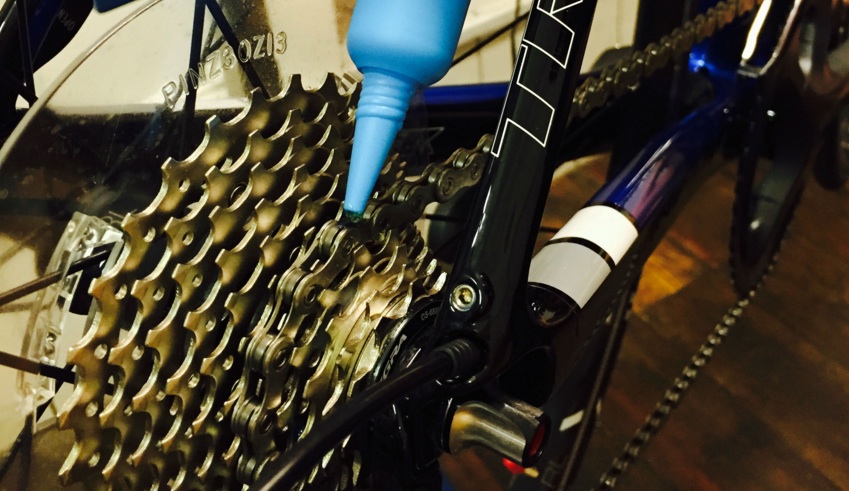
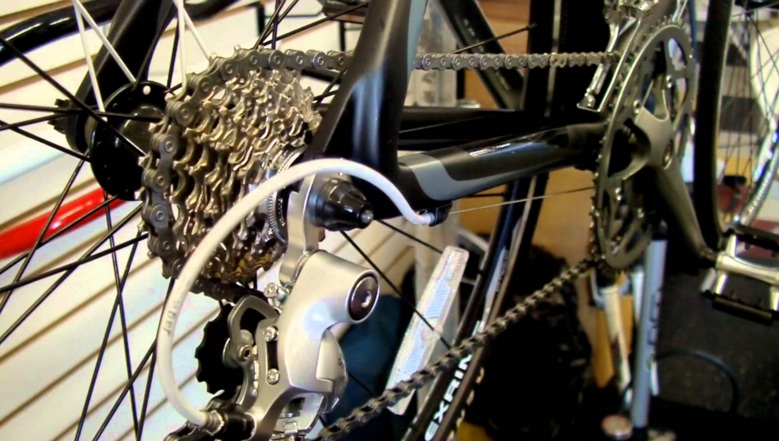
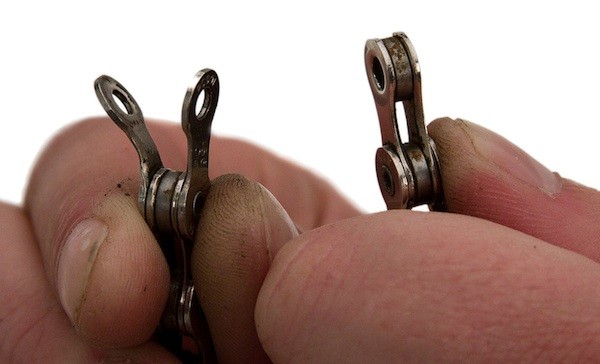 Whether you’re out on the road or at home in your garage, a broken bike chain can be a real bummer. Fortunately, fixing a broken chain really isn’t that difficult, as long as you have a chain tool (also called a chain breaker). This tool fits onto the chain and allows you to drive pins into or out of the chain to “cut” it to length or take out a broken link and then reattach it by screwing the chain tool’s pin against one of the pins of the chain.
Whether you’re out on the road or at home in your garage, a broken bike chain can be a real bummer. Fortunately, fixing a broken chain really isn’t that difficult, as long as you have a chain tool (also called a chain breaker). This tool fits onto the chain and allows you to drive pins into or out of the chain to “cut” it to length or take out a broken link and then reattach it by screwing the chain tool’s pin against one of the pins of the chain.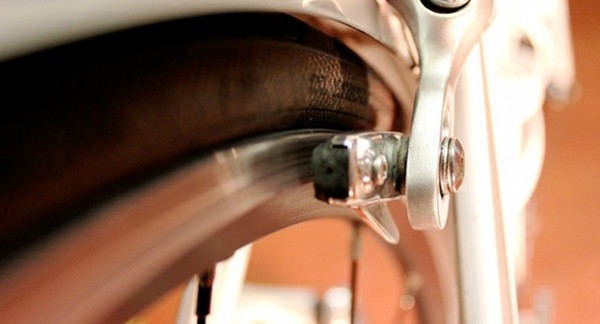 No matter what kind of bike you have, the tension on your brakes is controlled by one of two things: a brake cable or hydraulic fluid. If you have hydraulic disc brakes, there’s not a lot that you can do to adjust them, other than bleeding them, which is generally a job best left for professional mechanics. However, if you have rim brakes or cable-actuated disc brakes, adjusting your brakes is pretty simple and should be something you can do at home.
No matter what kind of bike you have, the tension on your brakes is controlled by one of two things: a brake cable or hydraulic fluid. If you have hydraulic disc brakes, there’s not a lot that you can do to adjust them, other than bleeding them, which is generally a job best left for professional mechanics. However, if you have rim brakes or cable-actuated disc brakes, adjusting your brakes is pretty simple and should be something you can do at home.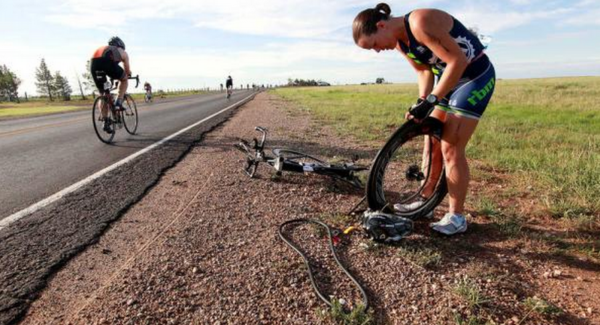

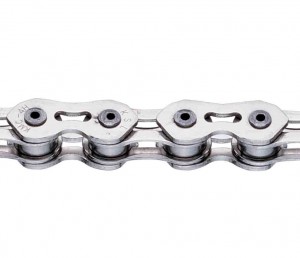 Your bike chain is one of the most important parts of your bike. After all, without it you simply won’t be able to ride. Unfortunately, it is also one of the parts of your bike that is going to be subject to the most wear and tear, as it is constantly exposed and will likely get dirty and less efficient over time.
Your bike chain is one of the most important parts of your bike. After all, without it you simply won’t be able to ride. Unfortunately, it is also one of the parts of your bike that is going to be subject to the most wear and tear, as it is constantly exposed and will likely get dirty and less efficient over time.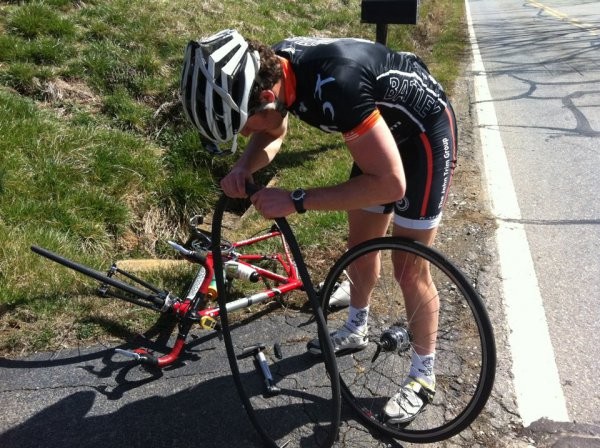
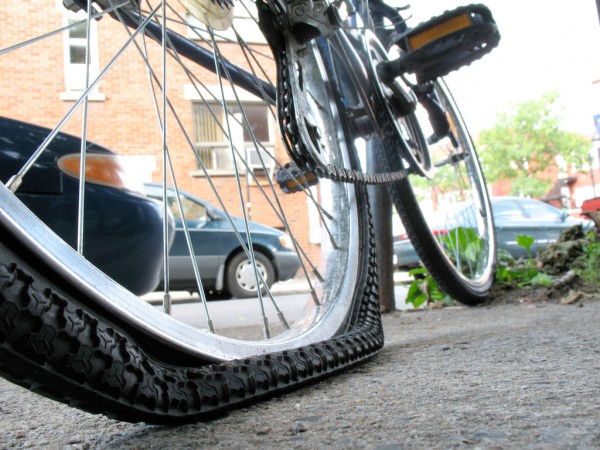 If you have been cycling for a reasonable amount of time then the odds are fairly good that you have encountered a flat tire or two in your time. In many cases you can usually repair the tire with a decent puncture repair kit, but that doesn’t mean that they aren’t still an annoyance that most cyclists would be more than happy to do without.
If you have been cycling for a reasonable amount of time then the odds are fairly good that you have encountered a flat tire or two in your time. In many cases you can usually repair the tire with a decent puncture repair kit, but that doesn’t mean that they aren’t still an annoyance that most cyclists would be more than happy to do without.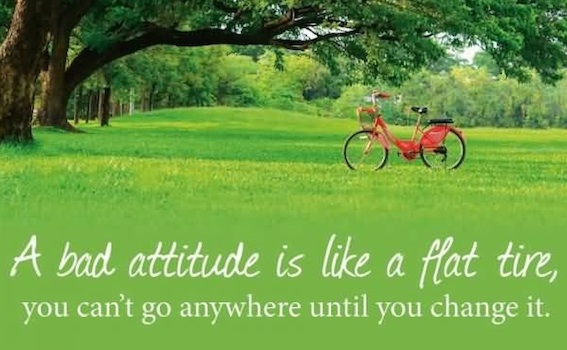 A flat tire is something that practically every cyclist has to deal with at some point or another, but many novices may be unaware that there are actually a number of different ways that you can get a puncture, each of which requires a slightly different method to deal with or prevent.
A flat tire is something that practically every cyclist has to deal with at some point or another, but many novices may be unaware that there are actually a number of different ways that you can get a puncture, each of which requires a slightly different method to deal with or prevent.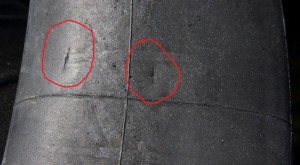 A pinch flat most commonly occurs when you run over something with your bike that causes the inner tube to punch against the wheel rim, resulting in a flat tire. In the worst case scenarios they will require you to replace the inner tube and, in some cases, may even lead to dents forming in the rim itself. However, in many cases, you should find that the tire itself is unaffected.
A pinch flat most commonly occurs when you run over something with your bike that causes the inner tube to punch against the wheel rim, resulting in a flat tire. In the worst case scenarios they will require you to replace the inner tube and, in some cases, may even lead to dents forming in the rim itself. However, in many cases, you should find that the tire itself is unaffected.